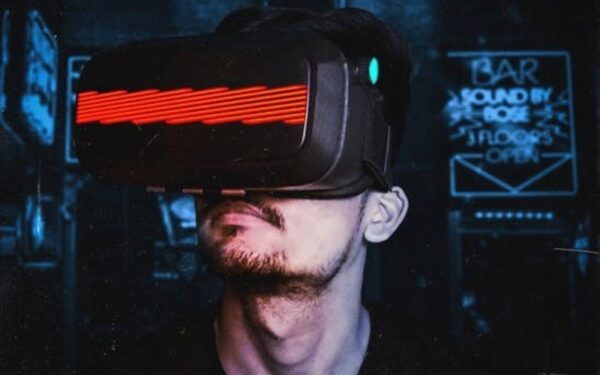Technology is the gift that just keeps on giving. Every day, new innovations see the light of day, transforming the way we think, work, socialise, and go about our daily business.
But what about the trading sector? How are technological advancements impacting this centuries-old system?
Online trading
Perhaps one of the biggest revolutions in the trading sector has been the integration of the internet. Connectivity has meant that anyone with access to the internet and a computer or smartphone can trade online. One of the main verticals of growth has been the forex sector, and this has been fuelled greatly by smartphones. Those with an interest in this area will typically search for resources that can help them understand what is forex trading exactly. These helpful guides give detailed information on everything you need to know, explanations for terminology used, and even information on demo accounts. These are accounts that you can utilise to practice trades before going live. This is a valuable source of information for beginner traders trying to make their way into the markets.
By reading around the subject online, consuming YouTube videos and podcasts, and reading helpful FAQs, they then proceed to install trading apps or using mobile browser-orientated platforms. Going forward, mobile trading of forex and other markets is expected to increase considerably, potentially surpassing other forms.
Artificial intelligence
AI has found its way into almost every industry. Many of us are even interacting with the technology regularly and don’t even realize it. In terms of trading, AI is being used in various ways. Firstly, it’s being integrated into customer service systems. This means FAQs can be answered quickly and efficiently, and other inquiries can be funneled to the right individual. It cuts down on the expenses of hiring additional staff and provides round-the-clock customer care. AI is also infinite, so, if you’re experiencing a high number of requests, AI won’t leave customers waiting in a queue.
Secondly, it’s being used to actually execute trades. A trader can pre-determine parameters and when a commodity such as gold, or even grain reaches a certain value, a trade will be executed automatically. This system is great for clients as it means they don’t have to sit watching the screen 24-7, and it also reduces the risk of emotional or biased trading.
Virtual reality

Back in 2016, the world’s first virtual reality stock exchange was launched. It allowed traders to view stocks, forecasts, and charts while immersed in a VR program. Since then, various other VR trading solutions have been created. For example, some professional traders that are now working from home can don VR headsets to make them feel as if they are on a busy trading floor.
This gives them the feeling of being in a busy financial center while really being in a home office. This can also be rolled out to casual traders in the future as a way to fully engage them in trading on various markets. AR can also be integrated with a similar effect and to enhance the overall trading experience.
Whether you’re trading forex, stocks, or indices, technology is constantly evolving to offer an enhanced experience.


